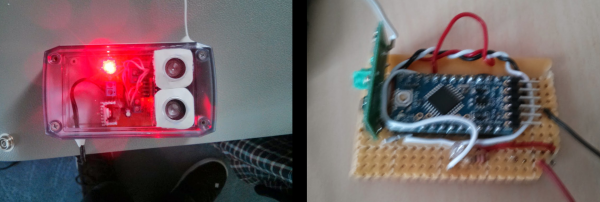[Jay] got a pretty good deal on a low milage Nissan Leaf battery. Unfortunately, it came wrapped in a wrecked Nissan Leaf. There are more and more electric cars on the road each year, and that means there are more cars coming off the road as well due to accidents. Electric cars are specifically designed to protect their batteries, so as we’ve seen before with Tesla vehicles, a salvage car often will still contain a serviceable battery pack. [Jay] used this knowledge to his advantage, and walks us through his experience buying, testing, and dismantling Hoja, his very own salvage Leaf.
[Jay] set up an account on Copart, an auto salvage auction website here in the USA. “Live” online Auto auctions tend to work a bit differently than E-bay, so [Jay] walks us through the process of buying the car, and gives some tips for getting through the process. [Jay’s] particular car was delivered to him on a trailer. It had been rear ended so hard that the rear tires were not usable. The car was also electrically dead. Thankfully, the electrical problems turned out to be a discharged 12 volt accessory battery. A quick charge of the accessory battery caused the Leaf to spring to life – and display a ton of trouble codes. [Jay] cleared the codes with his trusty OBD II scanner, and the car was ready to drive, at least as much as a wrecked car can drive. It did move under its own power though – with the rear end riding on dollies.
Now that the battery was known to be good, [Jay] set about liberating it from its crushed Leaf cocoon. Nissan’s service manual assumes one would be doing this with a lift. [Jay] had no such luxuries in his driveway, so he used 3 floor jacks to lower the 600 lb battery and dollies to pull it out from under the car.
Click past the break for the rest of the story.
Continue reading “[Jay] Turns Over A New Leaf, Scores Batteries”






















